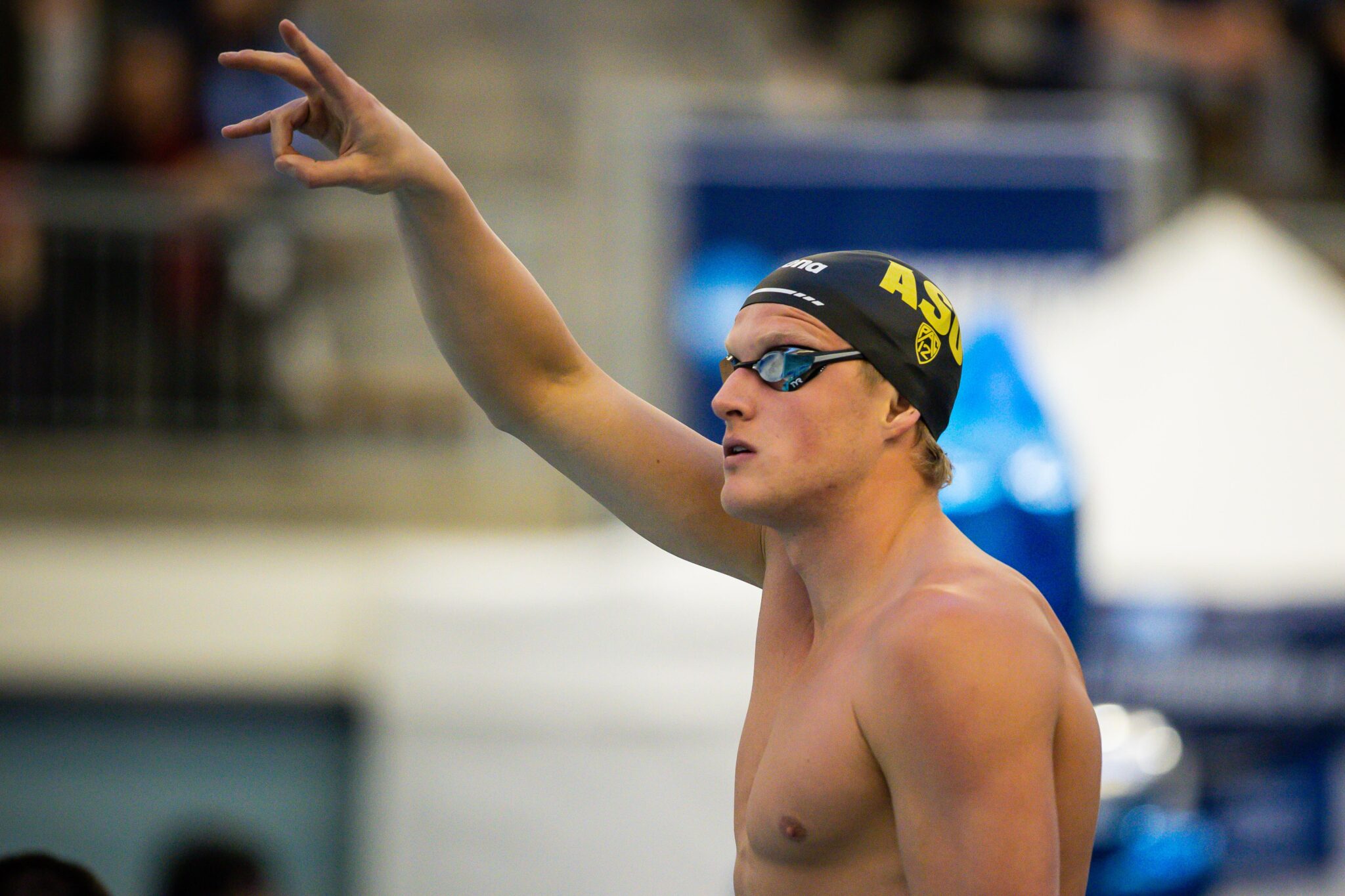Attorneys for the NCAA submitted a 50-page brief last week arguing against a request for class certification in House v. NCAA, the antitrust lawsuit seeking NIL backpay and broadcast revenue sharing led by Arizona State swimmer Grant House.
As a refresher, House filed the lawsuit in the summer of 2020, over a year before the NCAA lifted its restrictions on college athletes’ ability to profit off their name, image, and likeness. It sought an injunction voiding the old NIL regulations as well as a damages class based on payments college athletes would have received if not for the NCAA’s restraints.
Last fall, House’s attorneys made the case for four classes: one injunctive relief class encompassing all Division I athletes who competed from June 15, 2020 (the date of the complaint) through the case’s judgment, which is slated for trial in Jan. 27, 2025; and three damages classes for football and men’s basketball players, women’s basketball players, and additional sports dating back to 2016. They also argued that players are entitled to broadcast NIL, including 10% of television revenue for football and basketball players.
The NCAA’s attorneys clapped back on Friday, claiming that current and former college athletes are asking for more than $1.4 billion in damages (an amount that might not even factor in yet the tripling of damages that happens in successful antitrust cases). They argued that House v. NCAA should not continue on a class-action basis because of “substantial differences” in players’ NIL worth.
“NIL value varies tremendously over time depending upon individual and team performance, market demand, and innumerable other factors… simply determining who is actually in the class would require individual inquiry,” the NCAA’s brief said.
On the issue of broadcast NIL, the NCAA challenged the plaintiffs’ 10% figure, noting that the equal distribution of funds does not reflect the true labor market. As an example, the brief brought up how a starting quarterback would make the same as a third-string lineman, while the most popular women’s basketball players would earn less than lesser-known backup football players. It added that 96% of the money would go to men and just 4% for women, resulting in a Title IX violation.
Three appellate judges were skeptical of the NCAA’s Title IX defense at a recent hearing in Johnson v. NCAA, which seeks employee status for college athletes. House v. NCAA is being heard by judge Claudia Wilken, the same judge who presided over landmark NCAA legal battles such as O’Bannon and Alston. She is now tasked with determining whether the experiences of House and fellow plaintiffs Sedona Prince (Oregon women’s basketball) and Tymir Oliver (Illinois football) are consistent with the classes they claim to represent.
House, Prince, and Oliver are being represented by Hagens Berman. The firm has achieved favorable outcomes in the past, including winning a $208 million settlement against the NCAA concerning antitrust-related student scholarship limits, a combined $60 million settlement against Electronic Arts and the NCAA regarding player likeness rights in video games, among others.
A lot is at stake in this case’s class certification as it will decide whether damages might be awarded to thousands of college athletes or only a few. House’s collegiate career is finally over, but he’s not entirely done with the NCAA just yet.

